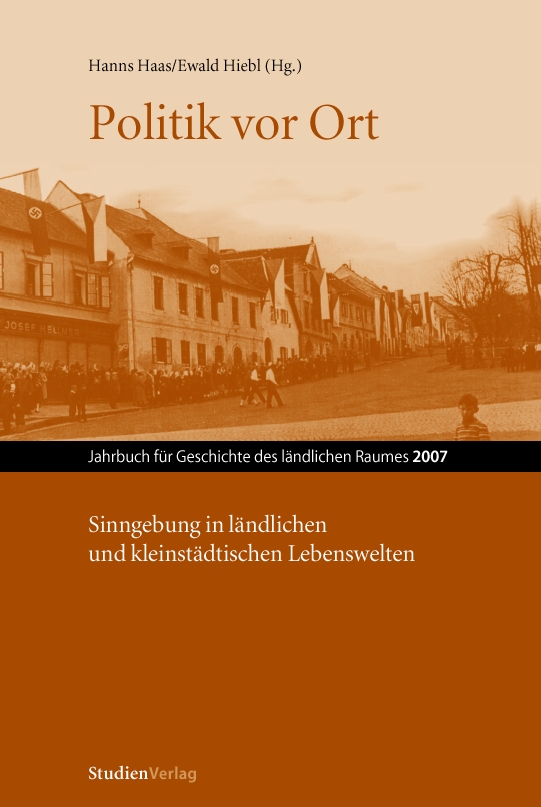Das südmährische Hnanice/Gnadlersdorf
Drei Dörfer in einem Lustrum 1945-1950
DOI:
https://doi.org/10.25365/rhy-2007-7Abstract
The border village Gnadlersdorf/Hnanice is an example for a lifeworld that is dominated by politics. In 1938 the few Czech villagers were expelled from the mainly German-speaking village. In 1945 and 1946 the German population flew, was expelled or deported. Within the traditional structure of the village a new Czech peasant-village was established including the traditional social structure of peasants and servants, the ways of socialisation and social hierarchies. However, the political structure of the first three years after World War II was dominated by a kind of ‘controlled democracy’ with strong bureaucratic elements. A massive way of invention was the repeated verification of the political reliability of the new settlers. The loudspeaker that was erected in the center of the village in 1947 became a symbol for the political penetration of the village by the state who ubiquitously announced its dispositions by that. The ‘Coup de Prague’ in February 1948 met a dramatically divided village in which a new communistic elite had been established by deportation of the political counterparts. But on closer examination the political power struggles were a result of traditional local struggles for influence and local hostility, as an abuse of political competence of organisation in the sphere of the lifeworld. Violence was in a certain way permitted. ‘Who fought against whom’ was negotiated on the local level, not by the superior communist authorities. The formation of the local communist elites and their influence was dominating, not the penetration of the village by the communist party. But as a result, the village society disintegrated. So the collectivisation of the village could be implemented, against initial opposition by the villagers. A new lifeworld with new structures had to be established, off the strong orientation of the village on itself to the point of a concentration on few economic and political institutions.


